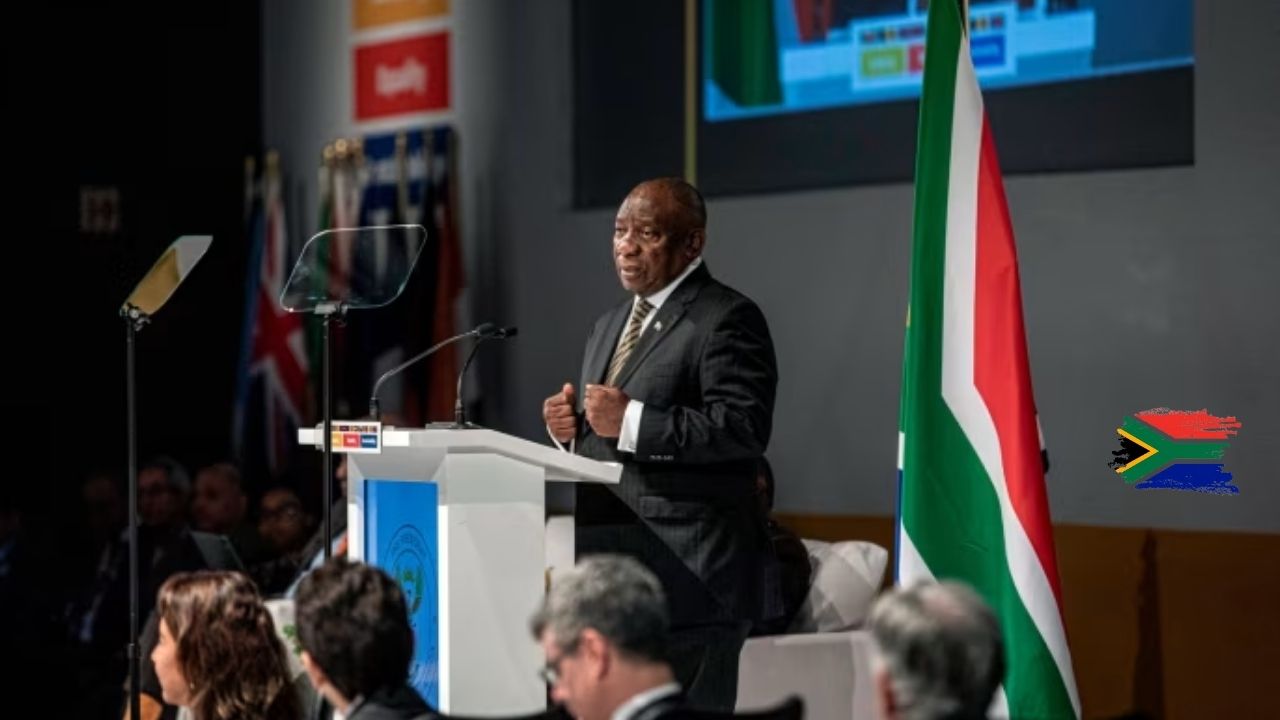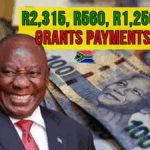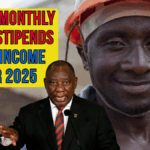South Africa arrives at COP30 with a louder voice and higher expectations. As the first African nation to chair the G20, Pretoria has spent the past year pushing for reforms that make climate finance more accessible, affordable, and aligned with African development goals. The agenda is not only about cutting emissions. It is also about reliable electricity, jobs, and industrial competitiveness in a country that still relies heavily on coal and has lived through years of rolling blackouts.
The result is a dual imperative. Ramp up renewables and grid infrastructure at record pace, and do it in a way that supports workers and towns built around coal. That is why the financing structure, not just the total amount, is central to South Africa’s negotiating position.
From Power Crisis To Policy Shift

A decade ago, wind and solar contributed less than one percent of South Africa’s power mix. Years of loadshedding exposed the fragility of the system and undermined confidence in the state utility. In response, the government opened generation to independent producers and simplified licensing. Utility scale projects, corporate power purchase agreements, and embedded generation began to scale. Renewables now form a small but steadily growing share of the grid, with costs that are already competitive against legacy coal.
Pretoria’s updated plan sets an ambitious arc for the next 15 years. Targets include more than doubling total capacity, cutting coal’s share by about half, and building roughly 14,000 kilometers of new transmission lines. Executing that plan will require an estimated 2.2 trillion rand in cumulative investment across generation, transmission, storage, and system flexibility.
Quick Summary
Key Point |
Details |
|---|---|
What is happening |
South Africa is seeking fairer, development-aligned finance for its clean energy transition while attending COP30 and chairing the G20 |
Why it matters |
The country must add generation capacity, modernise the grid, cut coal dependence, and protect jobs in coal regions |
Money on the table |
Initial JETP package of 8.5 billion dollars in 2021, with total JETP programs across countries around 45 billion dollars. South Africa argues the 11.5 billion dollars pledged for its shift is too loan heavy |
Investment need |
National plans target more than doubling capacity in 15 years, halving coal use, and 14,000 km of new transmission lines backed by an estimated 2.2 trillion rand cumulative investment |
Core stance |
Finance should reflect African priorities, reduce debt risks, crowd in private capital, and support community livelihoods |
Official site link |
JETP Finance And The Call For Reform
In 2021, South Africa secured an initial commitment of 8.5 billion dollars through the Just Energy Transition Partnership with a group of international partners. As the various JETP programs grew to about 45 billion dollars across Indonesia, Vietnam, and South Africa, Pretoria argued that its own package of 11.5 billion dollars was too small for the task and too skewed toward debt. With public finances already stretched, officials have warned that loan heavy packages risk adding to the debt burden without adequately de-risking projects that could attract long term private capital.
The government’s position is clear. Financing should be affordable, predictable, and structured to unlock investment at scale. Grants, concessional loans, guarantees, and risk-sharing tools should be blended to reduce the cost of capital. Funding terms should allow South Africa to pursue a pathway that reflects local conditions rather than externally determined timelines.
Why Private Capital Matters
Africa holds a significant share of the world’s highest quality solar resources, yet receives only a small fraction of global clean energy investment. Analysts estimate that Africa will need to more than double annual clean energy investment to around 200 billion dollars to stay on track with development and climate goals. Up to three quarters of that could come from private sources if risks are properly managed.
The problem is not only project fundamentals. Shallow local capital markets, currency volatility, and limited credit enhancement tools raise financing costs. New initiatives aim to change that picture by expanding guarantees, enabling local currency lending through national development banks, and standardising power purchase contracts to lower risk premiums. If these tools scale, they could be game changing for grids, renewables, and storage in South Africa and beyond.
Balancing Decarbonisation With Development
South Africa faces constraints familiar worldwide. About 80 percent of electricity still comes from coal. Per capita emissions stand near the upper range for middle income countries. Unemployment remains close to one third of the labor force. Any transition that overlooks livelihoods will fail socially and politically.
The experience at Komati in Mpumalanga highlights the stakes. The coal power station was retired as part of the transition. No permanent staff reportedly lost their jobs, yet local businesses and informal workers dependent on the coal economy suffered immediate losses. Community members pivoted to informal mining or sought temporary work. The lesson is straightforward. Decommissioning must be paired with real alternatives at local level.
What A Just Transition Looks Like On The Ground
Pretoria says it has learned from Komati. Calls for proposals in coal regions have yielded dozens of ideas from local firms, municipalities, and civil society. More than 70 million rand worth of projects have already been matched with local needs, including agriculture, circular economy ventures, and mine rehabilitation. These projects are not about symbolic ribbon cutting. They must be viable, scalable, and embedded in the communities most affected by the shift.
A credible just transition strategy contains four threads:
- Early and sustained community engagement backed by transparent timelines for plant retirements and grid upgrades.
- Targeted industrial policy that steers new manufacturing and services to coal regions, with support for small businesses and suppliers.
- Workforce programs covering retraining, income support, certification, and job placement tied to real demand in construction, electrical trades, environmental services, and logistics.
- Place-based investment in transport, housing, and social infrastructure so that towns can attract and retain new industries.
What To Watch At COP30
South Africa’s credibility will hinge on two deliverables. First, a bankable pipeline of projects with clear grid plans, off-take structures, and enabling regulations that investors can underwrite. Second, a financing package that blends grant, concessional, and private capital to bring down the weighted cost of capital. If Pretoria can show that decarbonisation and development are moving together, it will set a template for peers across the continent.
If the gap between ambition and social reality widens, power shortages, stranded assets, and community pushback could delay the transition and raise costs for everyone.
FAQs
1. What is the JETP and how does it help South Africa
The Just Energy Transition Partnership is a platform where international partners support South Africa’s shift to a cleaner power system. It combines grants, concessional finance, and technical assistance to crowd in private capital for generation and grid projects.
2. Why is South Africa asking for finance reform
Officials argue that current packages rely too heavily on loans and do not adequately mitigate currency and credit risks. Reform would blend grants and guarantees to reduce costs and align funding with local priorities like jobs and community resilience.
3. How will coal communities be protected
A just transition program focuses on retraining, targeted industrial policy, and place-based investment. Projects in agriculture, circular economy, and mine rehabilitation are being piloted to build new livelihoods in coal regions.
4. What infrastructure is most urgent
New transmission lines and substations are critical. Without grid expansion and flexibility investments, even fully financed wind and solar projects cannot connect at scale.
5. Where can I find official updates on South Africa’s energy transition
Visit the Department of Mineral Resources and Energy for policies, procurement updates, and official announcements: https://www.dmre.gov.za
Conclusion
South Africa’s energy transition is as much about people as it is about power plants. The country has opened the door to competition in generation and has seen rapid growth in renewables. The next step is securing finance that matches ambition with affordability and ensures that coal communities are not left behind. If Pretoria can deliver a bankable project pipeline, expand the grid, and blend finance intelligently, it will demonstrate that cutting emissions can go hand in hand with creating jobs and strengthening local economies.
Official site: https://www.dmre.gov.za
For More Information Click HERE











